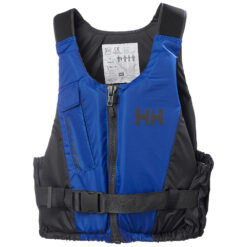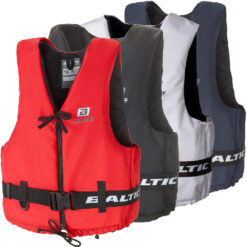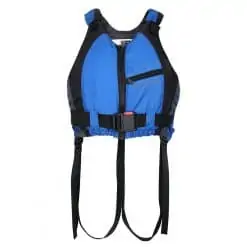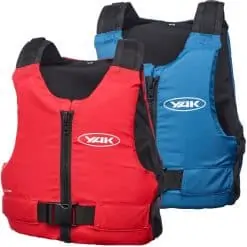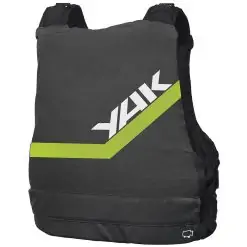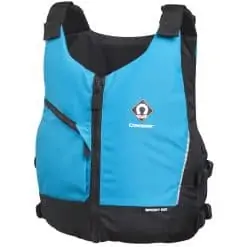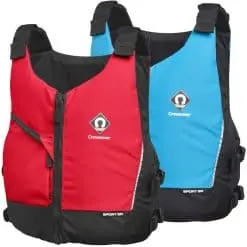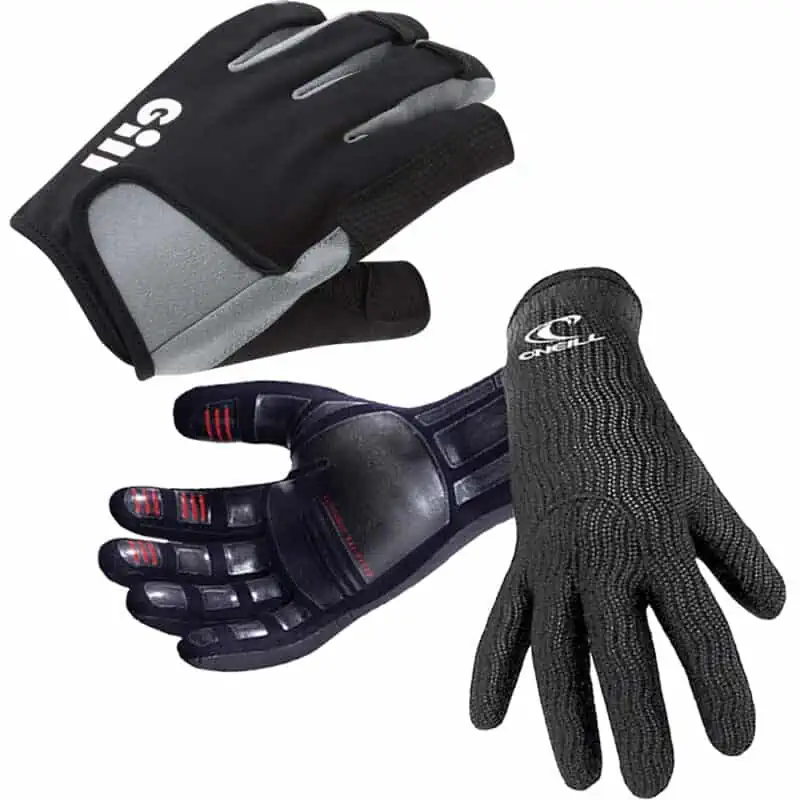Orders placed after 3PM Friday 2nd May will be processed and packed over the Bank Holiday weekend, but will not be collected by the courier until Tuesday 6th May
(Click HERE for more information).
Dinghy sailing is a sport that’s extremely popular, and one which people love to participate in year round, in all manner of conditions. This gives many questions on what to wear.
See below for our recommendation on what to wear dinghy sailing for various weather conditions.
Also remember to keep and eye on the weather ahead of your trip out, so that you can dress and pack correctly!
Rash Guard/Base Layer:
Rash vests or base layers are a great versatile bit of clothing which can be used in both colder and warmer climates, making it perfect for those who want to dinghy sail year round.
In colder temperatures using a rashest or base layer as ‘second layer of skin’ is perfect, it is light flexible and quick drying, meaning it can be worn under a wetsuit, with no discomfort, adding a bit of warmth through colder months.
When its warmer the rash guard can be used on its own as a top layer, its easy to forget when dinghy sailing, that you are exposed to the sun and its harmful UV rays, even when you can’t feel it because of the wind or water. In this case you’d want to look at buying a rash vest with UV protective material.
See the full range HERE.
Wetsuits:
When participating in any water sport, neoprene is THE material to use as your main protective layer. Neoprene wetsuits are great insulators and keep you warm outside the water, whilst also keeping you warm and protected when submerged or splashed! It is very important that the wetsuit fits you tight but make sure its comfortably tight – if its too big, you’ll find that cold water just flushes through, making it pointless.
In the cold its smart to choose a full length wetsuit with thicker neoprene. When its hotter something like a sleeveless wetsuit or long john is a popular choice – they’re generally made with thinner neoprene, which not only allows for a cooler layer, but give you more freedom of movement.
As a separate item of clothing, if you were wanting to have another option for wearing your long john during winter and summer months, neoprene tops are great for this. when its hot set out with just your long john, when its cold bring a long your neoprene top to go over the top.
Anything below 3℃, is probably when you’ll need a drysuit (see drysuit section below), anything hotter than 25+℃ you’ll be fine with a rash guard. in between those two extremes, wetsuits ranging from 1mm thickness all the way up to 7mm thickness can be used.
See the full range HERE.
Sailing Spray Tops/Smocks:
For rainy, windy, miserable days a spray top is a great addition to everyone’s dinghy wardrobe, constant spraying will make a big impact on your bodies temperature very fast. Wearing a spray top or smock will help fight this, the exterior is made out of waterproof, windproof and breathable fabrics, with some models coming with quick drying fleece lining on the interior for additional warmth.
it is generally appropriate to wear spray tops or smocks over your wetsuit (in colder conditions), long john or rash vests (in warmer conditions).
See the full range HERE.
Buoyancy Aids:
Buoyancy aids are extremely important at any level of dinghy sailing, no one is ever skilled enough to not need one!
If you fall in the water, on purpose or by accident, the buoyancy aid provides its wearer with additional buoyancy – meaning a lot less energy is required to keep your head above water. Keep in mind this is not the same as a lifejacket, lifejackets should NOT be used for dinghy sailing – buoyancy aids and lifejackets are two entirely separate products, which offer different benefits.
When choosing your buoyancy aid, think about what you would find most comfortable, perhaps a slightly higher fitting or one with a zip rather than buckle?
Also keep an eye out for different features, such as – adjustable shoulder, pockets and attachments.
See the full range HERE.
Gloves:
Dinghy sailing can be unforgiving on your hands, therefore it is key to keep them protected.
In the colder months neoprene gloves will act as an extension of your wetsuit, keeping your hands warm and comfortable.
Whereas in the warmer conditions, short finger gloves will protect your hands from burns and blisters, but also offer increased grip, which is perfect for keeping the sheets even more tight.
See the full range HERE.
Boots:
It is normally the case that when dinghy sailing the deck is slippery, so its a good idea to wear a pair of diinghy sailing boots or shoes.
There are many types of dinghy boots:
• Hiking boots – Boats such as lasers require a lot of hiking, therefore you’ll benefit from a pair of hiking dinghy boots, they have added reinforcement on the upper foot area and help better distribute the load of your weight meaning they are more comfortable for hiking. the reinforcement on the upper foot area does mean there is less flexibility, which is something to keep in mind. Example – Crewsaver Zip Boot – Typhoon Runswick Boot
• Skiff boots – When skiff sailing skiff boots are ideal (funnily enough), they are more lightweight and flexible, this gives your foot the chance to mould around the edge of the boat, allowing more contact to the surface area, providing greater grip. Similar to this, split toe boots also offer the same kind of features. Example – Gill Edge Boot
• General Boots – getting a pair of ‘all-rounder’ is great for those who dinghy sail in a variety of manners, some models have a few features of each of the previous two mentioned styles, a great example of this is the Gill Aero Boot – Crewsaver 3/4 Boot
• Surf Style Shoes – Surf shoes generally offer a boot with no reinforcment on the upper area of the boot/shoe and have a greater grip on the bottom. They are usually pull on style. Example – O’Neill Heat Boot – Gill Aquatech Shoe
Boots come in many ways of fastening, zip, velcro, lace, make sure you find a style you think you would be most comfortable with. Its also good to consider whether or not you would want socks underneath, specifically neoprene socks.
See the full range HERE.
Dinghy Sailing Drysuit:
In extremely cold winter conditions, even the most veteran dinghy sailors will require a drysuit to keep them protected from the wind, rain and overall cold elements!
Drysuits keep you completely dry, allowing no water to enter the suit at all, and is a looser fit compared to a wetsuits snug fitting. Due to is being quite a loose fit, it allows its wear to layer up with base layers – a lot of drysuits can be purchased with under fleece suits as an insulating layer to be worn under the drysuit. Drysuits are not as flexible as wetsuits so its worth keeping that in mind when wearing one, so try to maintain a good level of manoeuvrability when layering up.
See the full range HERE.
Sunglasses:
One of the extras, and definitely one which may be worth investing in.
Getting yourself a decent pair of polarised sunglasses will protect you from the beaming sun, reflection from the water and also give you improved sight on those bright days, allowing you to perform at your highest capacity!
Of course you may fall victim to losing the glasses when moving around or even falling in, grab yourself some retainer clips to save you from having to buy another pair.







